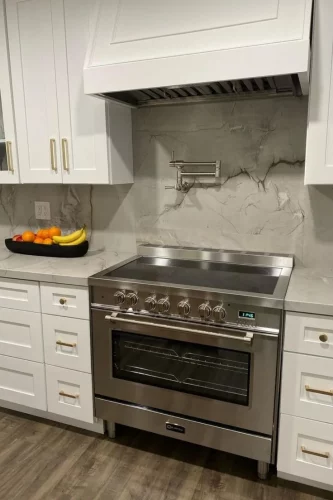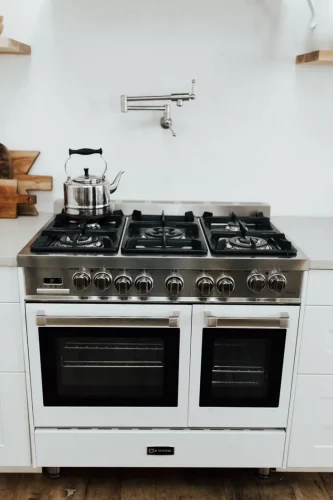A burning plastic smell coming from your oven can be alarming and may indicate anything from harmless residue to serious electrical issues. Understanding the root cause and taking immediate action can prevent potential hazards such as fire risks or toxic fumes. This expert guide will help you identify the problem and provide practical solutions to resolve it.
Common Causes of a Burning Plastic Smell
If you’ve recently installed a new oven, it’s common to notice a burning plastic smell during initial uses. This occurs due to the burning off of factory coatings, protective residues, or insulation materials exposed to high temperatures. While this is typically harmless, performing a proper burn-in cycle can eliminate the odor. Another possible cause is melted plastic inside the oven, which can happen when plastic packaging is left on food trays or when plastic utensils and containers are stored too close to oven vents. If plastic melts inside the oven, it must be carefully removed once cooled to prevent toxic fumes from lingering.

A burning smell that resembles plastic but isn’t linked to any visible residue could indicate electrical issues. Faulty or overheating wiring inside the oven can be hazardous and should be addressed immediately by a professional technician to avoid the risk of fire. Additionally, grease, food spills, or burnt residue inside the oven can produce a smell similar to burning plastic. This is especially common if the oven hasn’t been cleaned regularly, as built-up grease can ignite and cause smoke or odor issues.
Step-by-Step Troubleshooting Guide
To identify and resolve the issue, start by turning off the oven and allowing it to cool completely before inspecting the interior. Check for any melted plastic, food spills, or foreign objects. If plastic is present, remove it carefully with a non-abrasive scraper or damp cloth. Next, clean the oven thoroughly to remove food residue and grease buildup. Use a commercial oven cleaner or a baking soda paste to break down grime, wipe down all surfaces with a damp cloth, and if your oven has a self-cleaning function, run the cycle while ensuring proper ventilation to minimize fumes.
For potential electrical issues, unplug the oven and examine the wiring for signs of damage such as frayed wires, discoloration, or loose components. If any issues are detected, do not attempt repairs yourself—contact a professional technician immediately. If the smell originates from a newly installed oven, follow the manufacturer’s burn-in process. Set the oven to 450°F (230°C) and let it run for 30-60 minutes while keeping the kitchen well-ventilated by opening windows or using exhaust fans. Allow the oven to cool before use.
If the odor persists despite cleaning and inspection, or if you notice electrical sparks or unusual noises, seek professional assistance. Complex issues such as faulty wiring or damaged internal components require expert repair.

Preventing Future Odors
To maintain a fresh and safe oven, make it a habit to wipe down your oven at least once a month to prevent grease and food buildup. Avoid placing plastic items near or inside the oven to prevent accidental melting, and always follow manufacturer guidelines for burn-in procedures before using a new oven. Additionally, periodically check the oven’s wiring and connections and schedule professional maintenance annually to ensure everything is in good working order.
A burning plastic smell from your oven can have multiple causes, from harmless new appliance burn-off to more serious electrical concerns. Identifying the issue and taking prompt action ensures both safety and optimal oven performance. By following the troubleshooting steps and implementing preventive measures, you can keep your oven functioning safely and efficiently. If the problem persists, seek professional help to avoid potential hazards.




